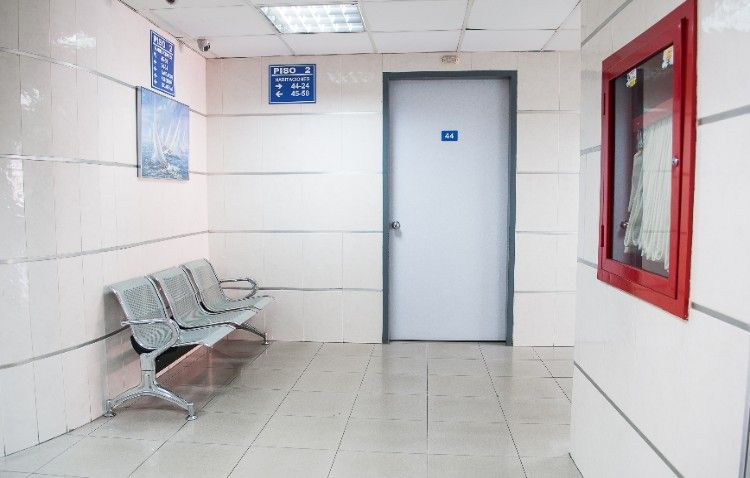
Nurse Practitioners Are Not The Answer To Improved Accessibility
Reality dictates that there is a definite difference between physicians and nurse practitioners, due to their levels of education. As a whole, I think everyone would agree that we value a physician’s extensive education. However, if the physician is not accessible when the patient is sick or needs medical assistance, that education is meaningless.
In order for physicians to have a legitimate argument that keeps nurse practitioners from seeing patients independently, they have to become more easily accessible to patients. To paralyze our competition, so we don’t have to change, is really not what we nor the culture needs.
As primary care physicians, our challenge is to improve primary care by making it more robust and built around access to physicians. Furthermore, in order to achieve the quality of care that our culture deserves, we will need to include nurse practitioners.
A physician and nurse practitioner’s training is meant to complement one another. Nurse practitioners are trained to manage preventive care, straight-forward acute illnesses and previously diagnosed chronic conditions. Physicians are trained to manage all of these, as well as patients with complex problems, multiple diagnoses and complex acute problems. This difference is exactly why the playing field should not be leveled.
I battled with this very concept when I was practicing medicine. I saw patients that had experienced heart attacks and heart failures, all the time. I had to come to grips with the fact that I was not a cardiologist.
My residency training lasted for three years. Typically a cardiologist’s residency training lasts for 5-7 years. While I treat patients with heart problems frequently, I had to acknowledge that this doesn’t make me a cardiologist. It’s not ridiculous for a heart patient to prefer to see a cardiologist over me because of their more extensive and heart-specific training.
Along this same thinking, nurse practitioners cannot expect to be considered equal to a physician when their education and training is much less. However, I do not say this to undermine nurse practitioners.
According to the American Academy of Family Physicians, nurse practitioners spend between 5 and 7 years completing 5,350 clinical hours of study, whereas physicians spend 11 years completing 21,700 clinical hours of study.
To say that they are equal would be completely disregarding our education system, which is built upon the fact that the more educated a person is in their profession, the more qualified they are to do that profession.
Most of the time, nurse practitioners may give the same diagnosis and/or treatment plan as physicians. The problem lies with those remaining patients that may be more complicated and require different medical insight than the nurse practitioner has been trained to handle.
While the difference in education and training between a physician and a nurse practitioner is dramatic, it should not be the main point of focus. Physicians need to be discovering ways to solve their shortage crisis in order for accessibility to be improved.